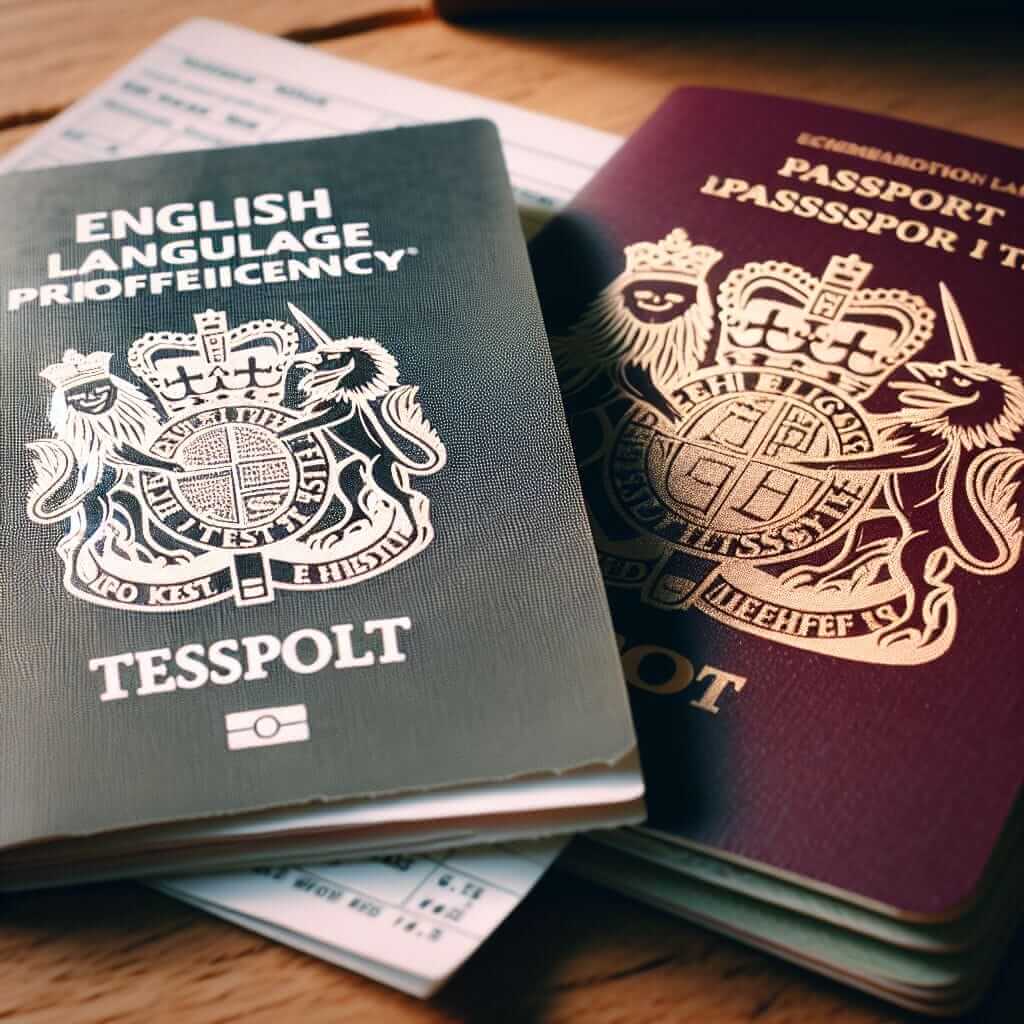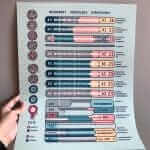As an IELTS instructor with over 20 years of experience, I’ve seen countless students approach test day with a mix of excitement and nerves. One crucial aspect of feeling prepared and confident is knowing exactly what you need to bring to the IELTS test. This seemingly small detail can have a big impact on your overall experience. So, let’s break down the essentials and ensure you’re fully equipped to ace your exam.
Must-Have Documents: Your IELTS Test Ticket
This is non-negotiable. Your IELTS test ticket is your key to entering the examination hall. It contains vital information such as your test date, time, test centre location, and candidate number. Make sure you have either a printed copy or a clear digital version accessible on your phone.
Important Reminder: Double-check that the information on your test ticket matches your ID. Any discrepancies can lead to complications, so it’s always best to be safe.
Your Passport or National ID: Proof of Identity
Equally crucial is your identification. The IELTS test requires a valid form of photo ID, and this must be the same document you used when you registered for the test.
- For most international test-takers, a passport is standard.
- If you’re taking the test in your home country, a national ID card may suffice.
Remember, without valid ID, you will not be permitted to take the test.
 Passport and IELTS Test Ticket
Passport and IELTS Test Ticket
Writing Instruments: Pens, Pencils, and Erasers
While some test centers might provide stationery, it’s always wise to come prepared with your own:
- Pens: Opt for blue or black ink, as this is generally preferred for IELTS answer sheets.
- Pencils: These are essential for the Listening and Reading sections if you’re taking the paper-based test. Choose HB or 2B pencils for optimal clarity.
- Erasers: Mistakes happen! Ensure you have a good eraser to make clean corrections.
Optional Items: What You Might Consider Bringing
While not mandatory, these items might enhance your comfort and focus:
- A Transparent Water Bottle: Staying hydrated is important, especially during a long exam.
- A Watch (Non-Digital): Test centers often have clocks, but having your own timepiece can be reassuring. Make sure it’s silent and doesn’t have any prohibited features.
- Tissues: You never know when you might need them!
Items to Leave at Home: What Not to Bring
Remember that the IELTS test has strict security protocols. To avoid any issues, leave these items at home:
- Mobile Phones and Electronic Devices: These are strictly prohibited in the examination hall.
- Study Materials: You won’t be allowed to access any books, notes, or dictionaries during the test.
- Bags and Personal Belongings: Most test centers will provide a designated area for storing your belongings, but it’s best to minimize what you bring.
Key Takeaways: Be Prepared and Confident
Being organized and knowing what to bring to your IELTS test is a small but significant step towards a smoother, less stressful experience. Remember:
- Check the official IELTS website and your test center’s specific regulations. Requirements can vary slightly, so it’s always best to confirm.
- Organize your documents and materials the night before. This reduces the chances of any last-minute scrambling.
- Arrive at the test center well in advance. This gives you time to familiarize yourself with the environment and settle in.
By following these guidelines, you can focus on what matters most – demonstrating your English language skills and achieving your desired IELTS score. Good luck!


